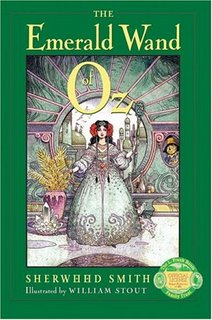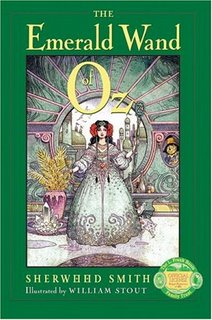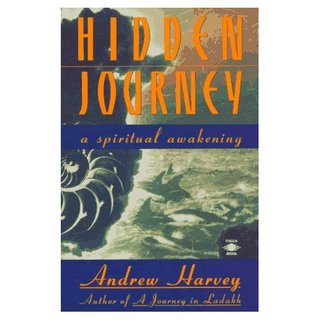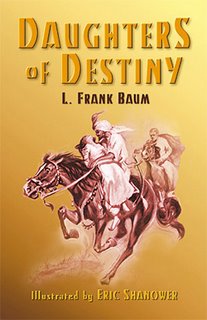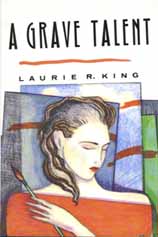
A Grave Talent. Laurie R. King
A Grave Talent is the first novel written by Laurie R. King. it is also the first in a series of mysteries that features the detective Kate Martinelli, A lesbian detective in the San Francisco Police Department. It won the 1993 Edgar Award for Best First Novel.
In this book Kate has just been promoted to detective and is assigned to work with a seasoned male detective who has recently transferred from Los Angeles. The case involves young girls who are strangled, but not molested, and left on the grounds of a rural gated community which is a home to various unconventional folks. When a famous female artist, who is living in the community under another name, turns out to be an ex-con who was convicted of murdering a child, it appears they have their culprit. Yet after meeting her, they start to have their doubts.
At first the young inexperienced woman and the hardened male detecive seem an odd couple that will not get along. Yet the novel is as much about their finding commonalities, and finally friendship, as it is about solving the high-profile case. This turns out to be a strong start to a mystery series that will deal with character development as well as criminal activity.
Laurie King has also written the Mary Russell series of historical mysteries involving a young woman and an older detective, the fictional Sherlock Holmes. She seems at home with the older man/young woman dynamics of both these series and brings a very human side to her characters while writing convincing mysteries.
